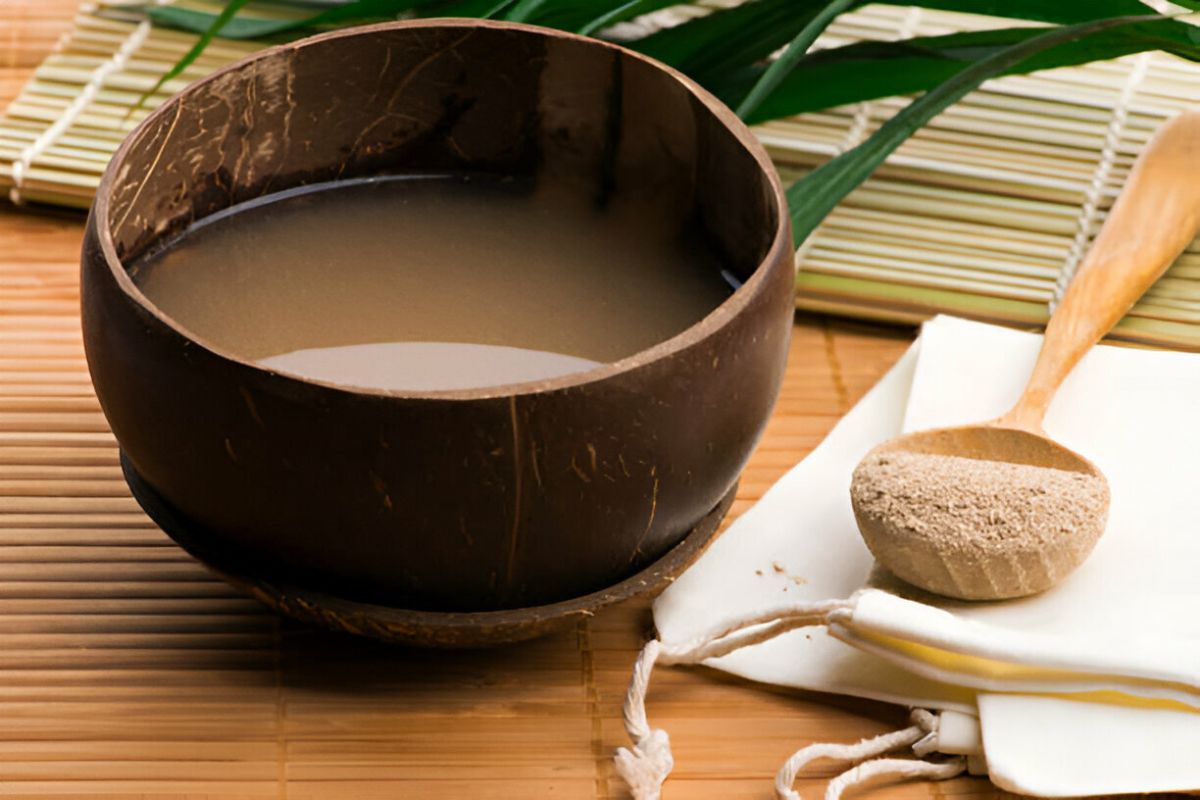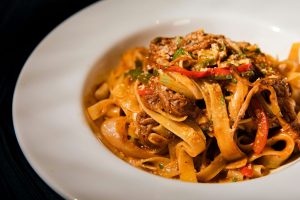Kava is a traditional drink in the South Pacific made using the root of the Piper methysticum plant. It has been utilized for centuries. Traditionally, kava is known to calm the mind along with stress-inducing effects, and today people use it as a natural relaxant that eases anxiety. Many people are now trying to savor this age-old drink, which brings up a common query: What does kava taste like? In this guide, we’ll take a close look at its flavor.
The Earthy Foundation of Kava
Without a doubt, the first thing that comes to people’s minds when sipping on kava is its unmistakable earthy taste. This is quite logical, bearing in mind that the drink is produced from the ground-up root of the plant. Like other root vegetables, kava has a natural flavor that is somewhat “muddy” and “woody.”
As we have seen, the earthy aspect tends to be the strongest part of the taste, and boy, will it be surprising to those who are used to sipping sweet, fruity, or fizzy drinks. For plant-based flavors, kava is capable of providing a grounding experience, rich flavors of natural ingredients. The level of earthiness also differs with the method of preparing the drink. The dip method resulting from placing the kava root in water for an extended duration tends to increase the intensity and deepness of earthy flavor.
What I find interesting is that many people who consume kava seem to look forward to that taste as time goes by. It is said to be a blend of earthly traditions that helps one meditate before sipping the drink.
Bitterness and the Peppery Finish
Alongside the earthy base, bitterness is another strong component of kava’s flavor profile. The degree of bitterness depends on several factors: the kava strain, how it was prepared, and how long it was steeped.
Some types of kava are milder and smoother, while others are more bitter and intense. Typically, the longer the root powder is kneaded or soaked in water, the more bitter the drink will become. For first-timers, this bitterness can feel a bit overwhelming, but experienced users often consider it part of the authentic taste.
Kava also features a peppery aftertaste, which is where the name Piper methysticum becomes relevant, as “Piper” refers to the pepper family. This spicy or tingling sensation at the back of the throat and on the tongue adds a unique layer to the flavor. While some find the peppery notes unpleasant at first, others grow to appreciate the warmth and complexity they add.
The Chalky and Gritty Texture
Aside from its taste, the texture of kava is one of its defining characteristics. Traditional kava, made by kneading powdered root in water, tends to have a chalky or gritty mouthfeel. It’s not smooth like tea or juice but carries a slightly thick, muddy consistency.
Some people describe it as coating the tongue and mouth with a film or leaving a dry, slightly numbing feeling. This is completely normal and is often due to the kavalactones—active compounds responsible for its calming effects.
Modern kava products like instant powders, capsules, or tinctures tend to reduce or eliminate this texture. However, traditional kava drinkers often prefer the full, thick consistency as it signals authenticity and potency.
How Preparation Affects Taste
You can changetaste of kava by preparing it in a different way. Preparation plays a huge role in how kava tastes. Traditionally, kava is made by grinding dried kava root into a powder, placing it into a cloth or strainer bag, and kneading it in cold water for 10–15 minutes. This method brings out the drink’s full flavor—earthy, bitter, and peppery.
However, there are modern methods available:
- Instant Kava Powders: These dissolve quickly in water and often have a smoother, milder flavor.
- Kava Tinctures: Liquid extracts that can be mixed with water or juice; these often mask some of the bitterness.
- Kava Capsules or Tablets: While convenient, they don’t deliver the same sensory experience as traditional kava.
Steeping time also affects taste. A longer soak or knead leads to a stronger, more bitter flavor. Shorter prep times produce a lighter, less intense drink.
Different Varieties, Different Tastes
There are many varieties of kava, but they fall into two main categories:
- Noble Kava: Smoother, more palatable, and considered the highest quality. Ideal for beginners due to its balanced taste.
- Tudei Kava: Stronger and more bitter. It’s less commonly recommended because of its longer-lasting effects and harsh flavor.
Different regions produce kava with unique characteristics. For example, Fijian kava is often milder, while Vanuatuan kava is known for its potency.
How to Make Kava (Traditional Method)
Here’s a step-by-step guide to making kava the traditional way:
You’ll need:
- High-quality kava powder
- A large bowl
- A strainer bag or fine mesh cloth
- Cold water
Steps:
- Measure 1–2 tablespoons of kava powder per person.
- Place the powder into the strainer bag.
- Add 1–2 cups of cold water.
- Knead the powder in the water for about 10–15 minutes.
- Squeeze the bag to extract all the liquid.
- Discard the leftover root pulp.
- Serve the kava at room temperature or chilled.
The result will be a dark, muddy-looking liquid. You can drink it as is or chill it for a smoother experience. Adding a touch of coconut milk or honey can make it more enjoyable for beginners.
Making Kava Taste Better: Tips and Additions
Not everyone enjoys kava’s natural flavor right away. Here are some ways to make it more palatable:
- Add coconut milk: It adds creaminess and softens bitterness.
- Mix with citrus juice: Lime or lemon can brighten the flavor.
- Stir in honey: A bit of sweetness helps balance the bitterness.
- Chill the drink: Cold kava often tastes smoother and is easier to drink.
- Try kava cocktails: Some kava bars offer drinks mixed with natural flavors like ginger, vanilla, or tropical fruits.
If you prefer the full experience, drink it plain. But if the taste is too strong, these tips can help ease you into it.
Final Thoughts
To sum it up, kava tastes earthy, bitter, and peppery, with a slightly chalky texture. It’s not sweet or fruity, and that can be surprising to newcomers. However, many kava drinkers grow to love its unique taste and the grounding experience it offers.
While kava may not be for everyone right away, those who stick with it often find it becomes a favorite part of their relaxation routine.
If you’re curious, give it a try—but go in with an open mind and maybe a slice of lemon or spoon of honey on hand!












